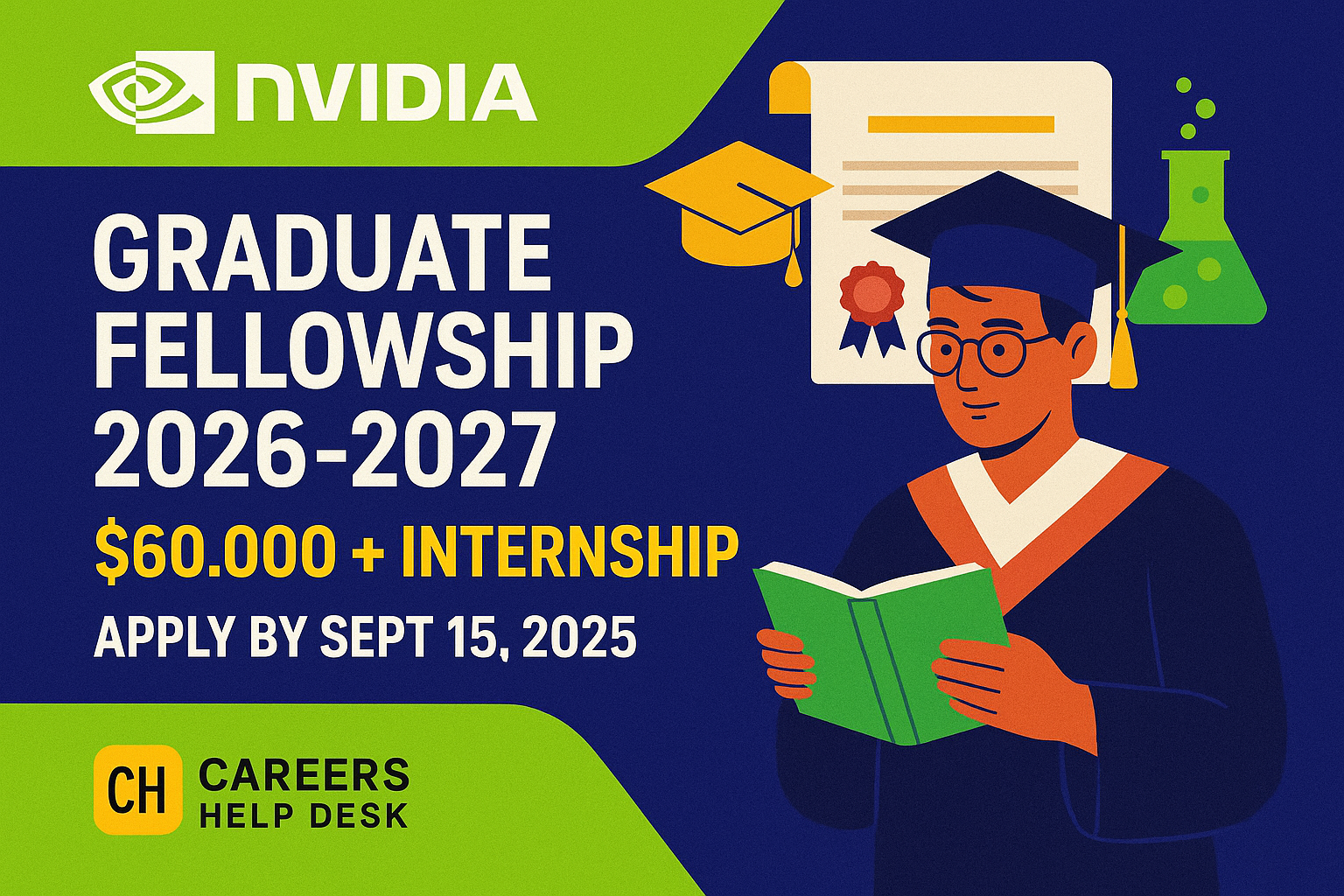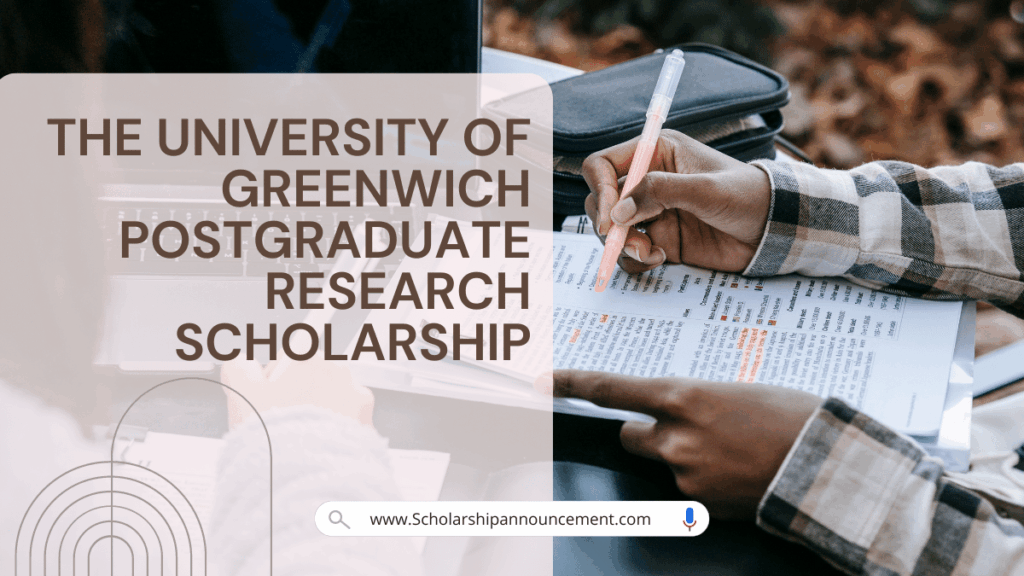I remember standing at a crossroads, fresh out of my undergraduate studies, brimming with ideas, yet paralyzed by a single, colossal question: how on earth would I pay for them? My mind buzzed with theories, experiments I longed to conduct, and questions that kept me up at night, but my bank account, well, it was more of a whisper than a roar. The dream of diving deep into research felt like a luxury reserved for the privileged few, a shimmering mirage just beyond my reach. I wasn’t born into a family with endless resources, and the thought of accumulating mountains of debt just to pursue my passion was a heavy burden. It felt like trying to climb a mountain without proper gear, or even a map.
Then, almost by accident, I stumbled upon a phrase that would change everything: "research scholarships." It was like a tiny flicker of light in a vast, dark room. I’d always thought scholarships were just for undergraduate students, or perhaps for those pursuing very specific, high-demand fields. The idea that someone might actually pay me to think, to explore, to contribute to the world’s knowledge, seemed almost too good to be true. But the more I dug, the more I realized it wasn’t a myth; it was a pathway, albeit one that required grit, patience, and a whole lot of strategic thinking. And that’s where my journey truly began.
The first step, for me, was simply understanding what these scholarships were all about. Unlike general academic scholarships, research scholarships are specifically designed to support students—from master’s to PhDs and even post-docs—who are embarking on or already engaged in a research project. They cover tuition, living expenses, research costs, and sometimes even travel to conferences. The catch? You usually need a compelling research proposal, a strong academic record, and a burning passion for your chosen field. It’s not just about being smart; it’s about being focused, articulate, and having a vision.
My initial search was, to put it mildly, a bit chaotic. I typed "research scholarships" into every search engine imaginable, and the sheer volume of information was overwhelming. I felt like I was drowning in links, acronyms, and eligibility criteria. But I learned quickly that the best place to start is often closer than you think: your university. Most universities, especially those with strong research programs, have dedicated pages on their websites listing internal scholarships and external opportunities. I started by meticulously sifting through my own university’s graduate school website, then my department’s specific pages. I found scholarships funded by alumni, by specific research centers within the university, and by partnerships with industry. This was my first real lesson: target your search. Don’t just cast a wide net; focus on institutions and departments that align with your research interests.
Beyond university walls, I discovered a whole ecosystem of funding bodies. National research councils in various countries, international organizations, philanthropic foundations, and even specific companies were all potential sources for postgraduate scholarships. Websites like "ScholarshipPortal," "FindAPhD," and university-specific scholarship databases became my daily companions. I also learned the immense value of directly contacting professors whose work I admired. Often, they have grants that can support graduate students, or they know of specific scholarships tailored to their field. A polite, well-researched email expressing genuine interest in their work can open doors you didn’t even know existed. I remember sending out dozens of such emails, feeling a mix of hope and trepidation with each click of the "send" button. Some went unanswered, some politely declined, but a few led to invaluable conversations and even mentorship, providing crucial tips on how to get a research scholarship.
Once I had a list of potential fully funded research opportunities, the real work began: preparing the application. This wasn’t just about filling out forms; it was about building a compelling case for why I deserved this funding. Each scholarship had its own unique requirements, but a few core components consistently emerged, and mastering them became my obsession. This was where the actual "scholarship application tips" came into play.
First, there were my academic transcripts. While good grades are certainly important, I quickly learned they weren’t the only thing. Scholarship committees look for consistency, for improvement, and for courses relevant to your proposed research. If your grades aren’t perfect, don’t despair. I had a few B’s in unrelated undergraduate courses, but I made sure to highlight my strong performance in all my research-focused classes and my capstone project. It’s about demonstrating your capacity for rigorous academic work, not just your ability to memorize facts.
Next came the Curriculum Vitae (CV) or resume. This document is your professional autobiography. It needs to be concise, clear, and specifically tailored to research. Don’t just list jobs; highlight responsibilities that involved problem-solving, data analysis, or project management. Include any research experience, even if it was just a small undergraduate project. Conferences attended, papers presented (even if unpublished), lab skills, software proficiency – everything that shows you’re serious about research belongs here. I spent hours refining my CV, getting feedback from mentors and career advisors, ensuring every word counted.
Then there were the letters of recommendation. These are absolutely critical. You need people who know you well, who can speak to your academic abilities, your research potential, your work ethic, and your character. For me, these were professors I had worked closely with, who had seen me struggle and succeed in their classes or labs. The trick isn’t just asking "Will you write me a letter?" It’s about asking strategically. I always approached my recommenders well in advance, providing them with my CV, my personal statement, and details about the specific scholarship I was applying for. I even gave them bullet points of specific achievements or qualities I hoped they would highlight. This made their job easier and ensured the letters were strong and relevant. Don’t underestimate the power of a glowing, personalized recommendation.
But arguably the most daunting, yet most crucial, part of the application was the research proposal. This is where you lay out your vision, your plan, and your contribution. For someone new to research, this can feel like trying to build a spaceship from scratch. I remember staring at a blank screen for hours, feeling utterly lost. My first attempts were rambling, unfocused, and frankly, uninspiring. I learned that a good research proposal isn’t just about having an interesting idea; it’s about articulating it in a structured, persuasive way. This was the core of "research proposal writing."
Here’s what I learned makes a proposal stand out:
- Identify the Gap: Start by clearly stating the problem or question you want to address. Why is this research important? What knowledge gap will it fill? Show that you understand the existing literature and where your work fits in.
- Clear Objectives: What exactly do you aim to achieve? Be specific, measurable, achievable, relevant, and time-bound (SMART). Instead of "I want to study climate change," try "This project aims to quantify the impact of microplastic pollution on marine biodiversity in the North Atlantic, specifically focusing on zooplankton populations, over a two-year period."
- Methodology: How will you achieve your objectives? This section needs to be detailed enough for someone to understand your approach. What data will you collect? What techniques will you use? What ethical considerations are there? Even as a beginner, I had to show I had thought through the practicalities. I didn’t need to be an expert in every technique, but I needed to show I had a plan, and perhaps that I would seek training or mentorship in specific areas.
- Expected Outcomes and Impact: What do you anticipate finding? How will your research contribute to your field, to society, or to policy? Scholarship committees want to fund research that matters. This is key for any "funding for research projects."
- Timeline and Budget: Even if you don’t need a detailed budget for the scholarship itself, showing you’ve thought about the practicalities and timeline demonstrates your organizational skills and the feasibility of your project.
I wrote countless drafts of my proposals, each one getting a little clearer, a little more focused. I sought feedback from every professor willing to read my work, from senior graduate students, and even from friends who had no idea about my field, just to see if they could follow my logic. This iterative process was exhausting but absolutely essential. It taught me to refine my ideas, to be precise with my language, and to anticipate questions.
Finally, there was the personal statement or statement of purpose. This is your chance to tell your story, to connect the dots between your past experiences, your passion for research, and your future aspirations. This is where you inject your personality and convince the committee that you are the right person to undertake this research. I wrote about the moment I first felt truly curious, the struggles I overcame, the mentors who inspired me, and how all of it led me to this specific research question. I explained why this scholarship, specifically, was a perfect fit for my goals, and how my unique background and perspective would enrich their program. Authenticity is key here; committees can spot a generic, recycled statement a mile away. I made sure to tailor each personal statement to the specific scholarship, highlighting aspects of my journey that resonated with their values or research focus. This is a crucial element for any "statement of purpose for research."
With all these components in hand, the application process itself became a meticulous dance of deadlines and details. I learned the hard way that missing a single piece of documentation or submitting an application even an hour late meant instant disqualification. I created spreadsheets to track deadlines, required documents, and contact information for each scholarship. I proofread everything multiple times, then had friends, family, and mentors proofread it again. A typo in a research proposal can undermine your credibility. It’s a small detail, but it speaks volumes about your attention to detail and professionalism.
The waiting game was agonizing. Weeks turned into months. I faced rejections, sometimes with a polite, generic email, sometimes with no word at all. Each rejection stung, making me question my abilities and my dream. But I learned to see them not as failures, but as learning opportunities. Each "no" pushed me to refine my applications, to seek more feedback, to explore new avenues. I kept applying, kept tweaking, kept believing that one of these doors would eventually open. Persistence, I discovered, is not just a virtue in research; it’s a necessity in the scholarship hunt.
And then, one day, it happened. An email landed in my inbox, not a generic one, but an offer. It was for a fully funded master’s research scholarship, covering tuition, living expenses, and a generous research allowance. I remember reading it over and over, my heart pounding, tears welling up in my eyes. It wasn’t just money; it was validation. It was an affirmation that my dreams were not just pipe dreams, but achievable goals. It meant I could finally focus entirely on my research, without the constant worry of financial strain.
Winning that first scholarship was just the beginning. It gave me the confidence and the experience to apply for even more competitive funding for my PhD. The process became less daunting, more strategic. I built a network of mentors and peers who supported me, shared opportunities, and offered invaluable advice. I learned that the world of research scholarships is not a secret society; it’s a community that wants to invest in promising minds.
So, if you’re standing where I once stood, overwhelmed but full of ideas, let me offer some encouragement and practical advice.
- Start Early: Give yourself ample time to research scholarships, prepare documents, and get feedback. This isn’t something you can rush.
- Be Strategic: Don’t apply for every scholarship under the sun. Target those that align with your research interests, academic background, and personal values. Read the eligibility criteria carefully. Look specifically for "PhD scholarships" or "masters research funding" if that’s your goal.
- Network: Talk to your professors, graduate students, and even researchers in your field. They are a goldmine of information and can often point you towards hidden opportunities.
- Seek Mentorship: Find someone who has successfully navigated this path. Their guidance can be invaluable.
- Craft a Stellar Research Proposal: This is often the centerpiece of your application. Make it clear, compelling, and feasible. Show that you’ve done your homework.
- Personalize Everything: Generic applications rarely succeed. Tailor your CV, personal statement, and even your recommendation requests to each specific scholarship. Show them why you are the perfect fit for their funding.
- Proofread Relentlessly: Typos and grammatical errors can instantly undermine your credibility. Get multiple sets of eyes on your application.
- Be Persistent and Resilient: Rejection is part of the process. Learn from it, refine your approach, and keep going. Your determination will eventually pay off.
- Show Your Passion: Let your enthusiasm for your research shine through. Committees want to fund people who are genuinely excited about their work.
Securing research scholarships transformed my academic journey. It wasn’t just about the financial support, though that was a huge relief. It was about the freedom to explore, to innovate, and to contribute. It was about gaining confidence, building a professional network, and knowing that my passion had value. It allowed me to transform those fleeting ideas into concrete projects, to conduct experiments, analyze data, and share my findings with the world.
If you have a research dream, no matter how big or small, don’t let financial constraints hold you back. The world needs curious minds, and there are resources out there to support them. It might feel like a daunting task at first, like trying to find a needle in a haystack, but with perseverance, careful preparation, and a genuine belief in your own potential, you too can unlock the funding that will turn your academic aspirations into a tangible reality. Your journey won’t be identical to mine, but the lessons of tenacity, careful planning, and authentic storytelling are universal. Go forth, explore, and let your research light up the world.



